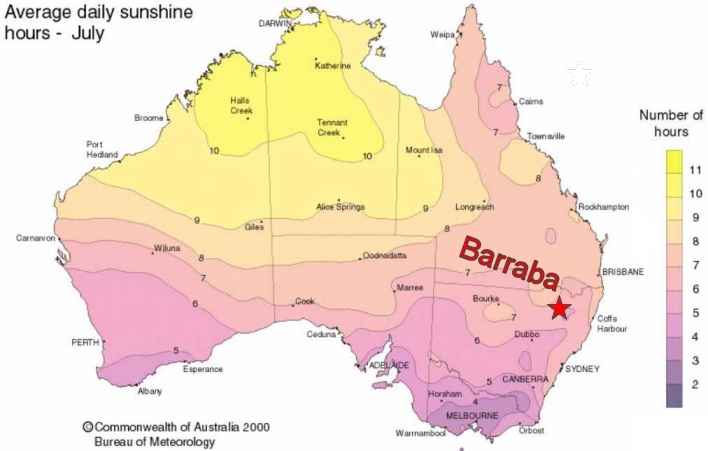
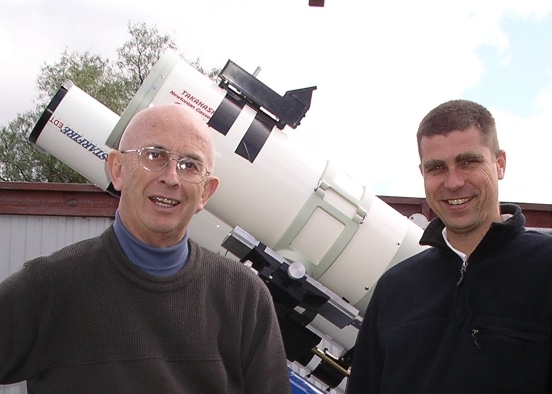
In early July, 2005, I was going to Sydney for a conference. Since I had never before been to the Southern hemisphere I started dreaming about combining this business trip with an astro imaging excursion. Below you can read how I made this dream come true.

During my early studies I came into contact with australian amateur astronomer Brian Coote from a small town called Barraba in New South Wales. Brian was extremely kind and offered me all sorts of practical assistance plus full access to his own backyard observatory which is equipped with an assortment of high performance telescopes and SBIG's flagship CCD camera, the ST11000M. Although Brians location had ~50% more clouds than north-central Australia I quickly accepted his offer. Besides potentially doubling my productivity through the use of two setups the value of having a local, on-site ally for this sort of endeavour cannot be overestimated. Brian helped me with finding a cheap place to sleep, borrowed me eyepieces, barlows, powerboards, dewheater, powersupplies, etc. He made arrangements for having someone to guide me from the regional airport to Barraba. He even made a counterweight for my Takahashi EM-10 mount so that I wouldn't have to bring my own! All this was immensely helpful and reduced the overall cost of this adventure dramatically. Finally, visiting Brian would have the huge benefit that I was sure to meet and make friends with some real Australians, instead of just sitting all alone in an autocamper in the outback.
..is easy: just buy the airline tickets. But getting there - with an astro-imaging setup - is a bit more complicated. Fortunately, from an earlier trip to the United States I already had the means for packing up my gear in a compact form. The main problem was weight restrictions; the upper limit for checked in lugguage is 32 kg on intercontinental flights but only 20 kg on the domestic flight that would bring me close to Barraba. 20 kg really is not alot! After shaving off as much equipment as possible and borrowing from Brian I still had 49 kg! The solution was to ship a box with 14 kg of robust, inexpensive stuff down there using ordinary mail, put 9 kg of expensive, fragile stuff in a backpack as carry-on baggage and have the remaining 26 kg as cheked-in lugguage. Brian had told me that they usually are quite liberal with a few kg (not tens of kg!) overweight on domestic flights, which turned out to be true.
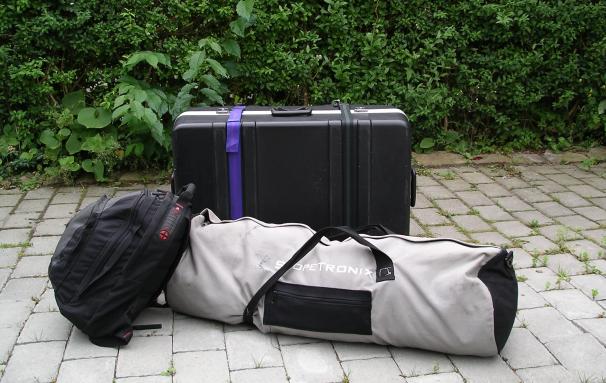
The lugguage I had with me is shown above: a large suitcase containing a 4-inch optical tube assembly and equatorial mount, a bag for the tripod (and my clothes!) and a carry-on rugsack with the fragile items such as CCD camera, refractor lens and a PC.
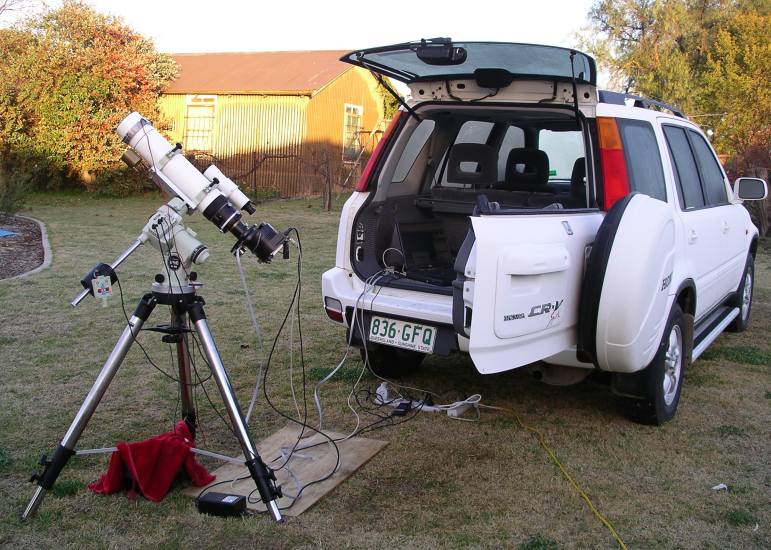
Instead I got rain, lots of it. I had brought a Desert Storm cover for the telescope so that I wouldn't have to dismantle it in case of bad weather, but the rain was so strong we chose to add a tarp, just in case. Needless to say, all the locals said this kind of weather was highly unusual!
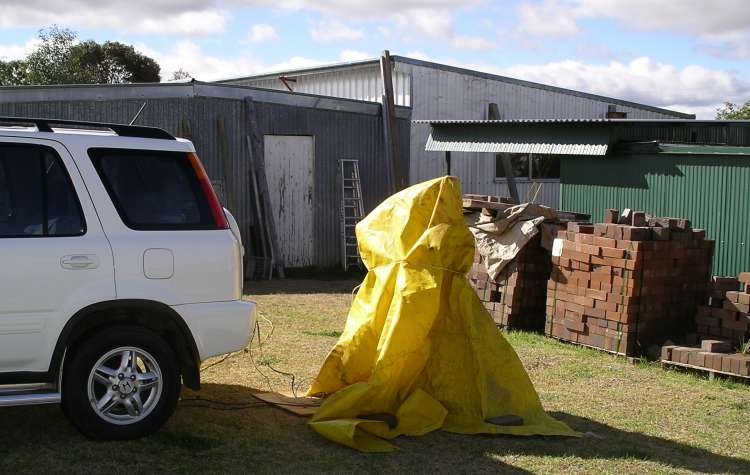
I never did get perfect weather, rain system after rain system came barging in from the Antarctic sea. In fear of exactly this I had arranged to stay a full week instead of just a few nights. This turned out to be a good strategy, on two out of the following five nights I had reasonably clear conditions. I got ~8 hours worth of imaging done on each of these nights. I had prepared a prioritized list of targets, using mainly the Messier and Caldwell lists and focussing on objects below -30 degrees declination. I kept my exposures relatively short and few, in order to capture as many objects as possible rather that going very deep. Since I was so busy jumping from object to object I did not really have time to use Brians setup alot, but with his help we did manage to get a few shots done with that as well.
An advantage of the cloudy weather was that I was more fresh in the daytime and therefore got to see many nice places around Barraba and meet many great people. I am very grateful to the Coote family for their immense hospitality!

Below you'll find links to the southern sky images that came out of this trip:
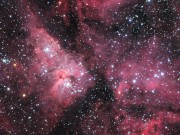
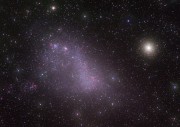
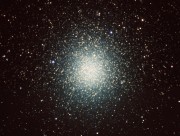
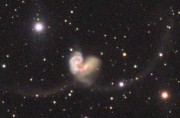
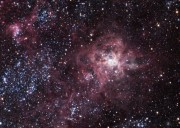
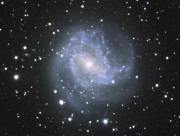
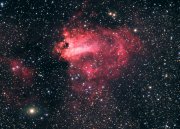
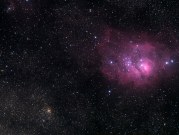
Here's my main page where you can see more of the pictures I have taken so far.
Comments greatly appreciated! (mikael@leif.org)